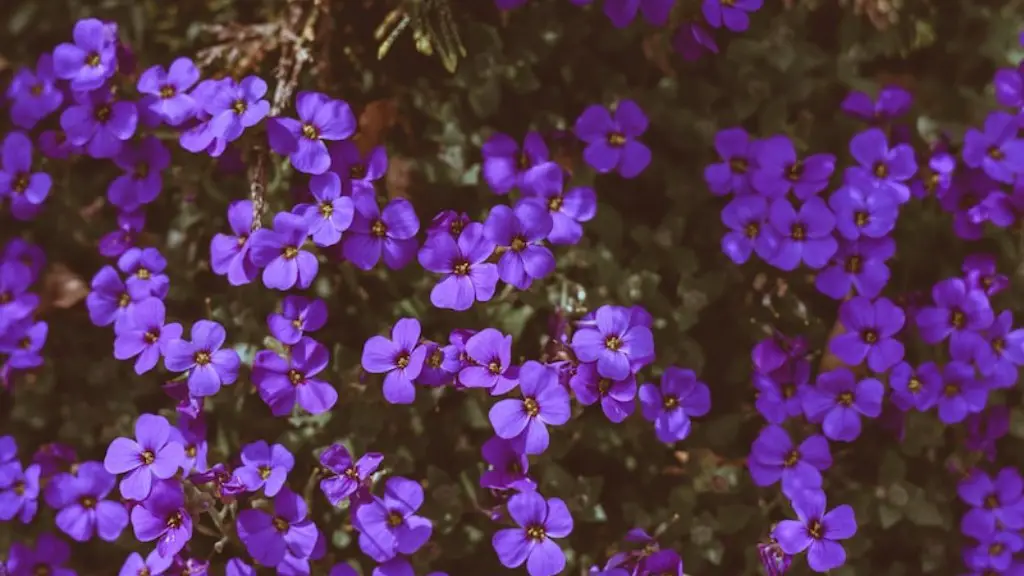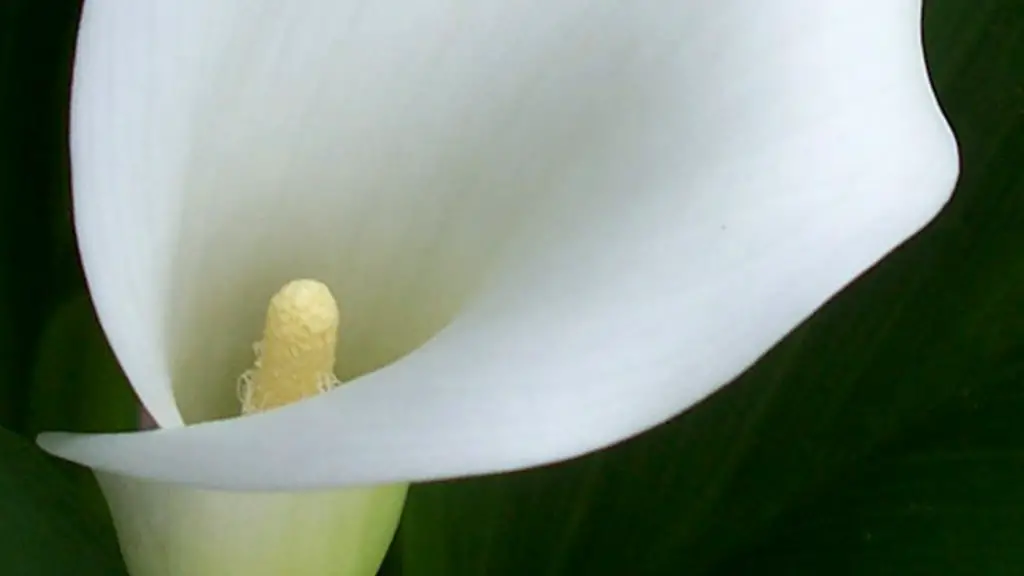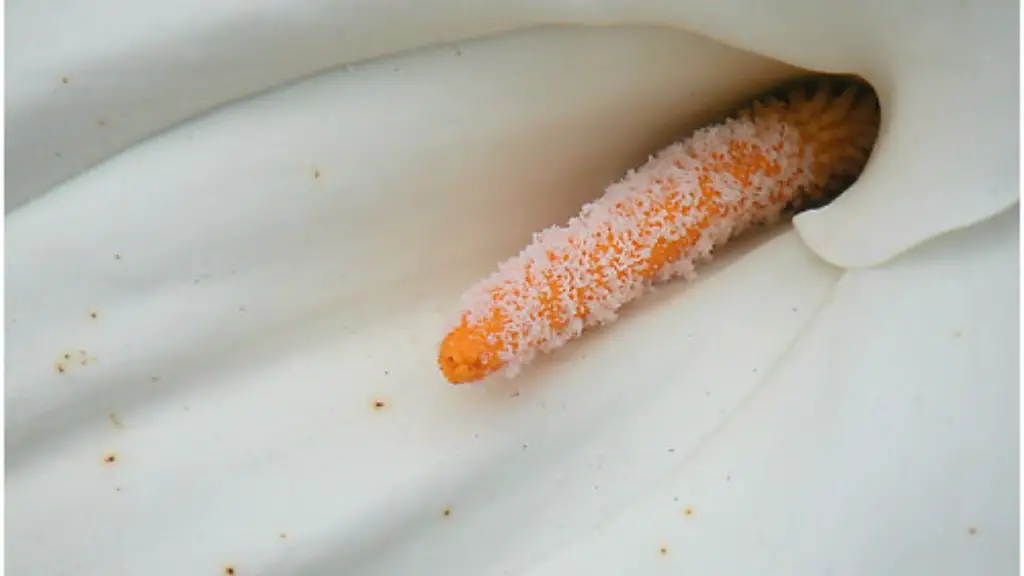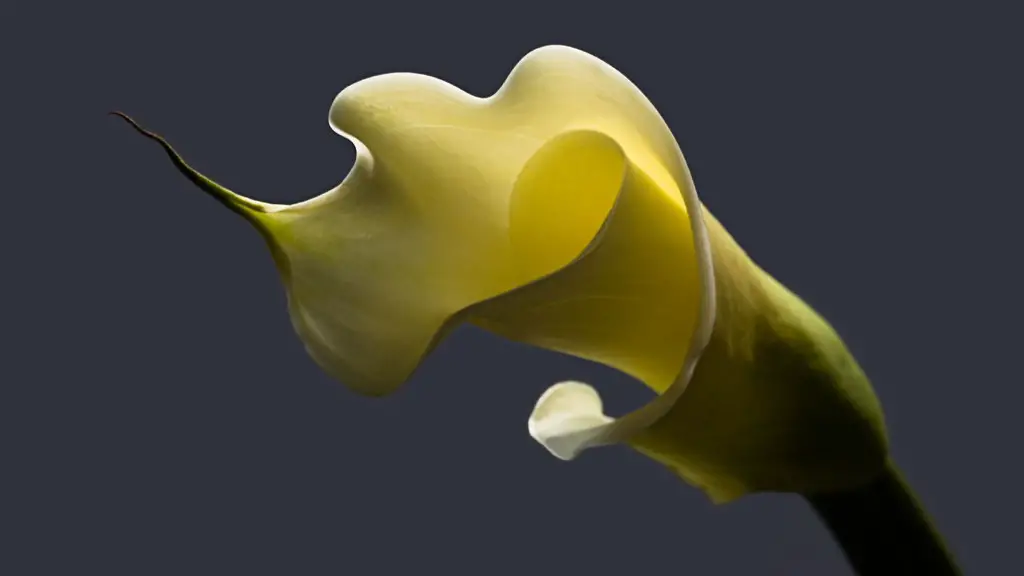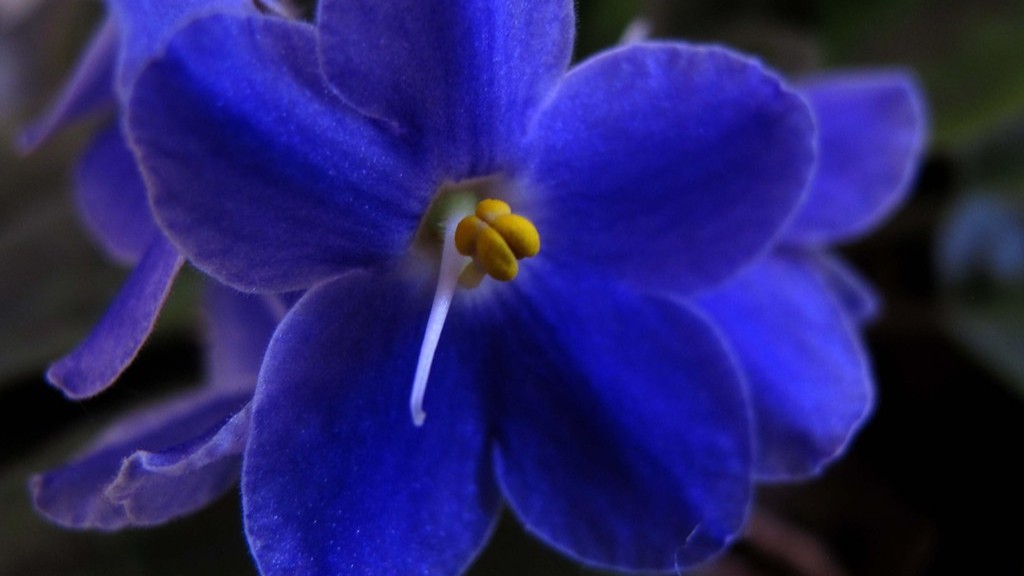One of the best ways to add some color to your home is by growing miniature African violets. These flowers are relatively easy to care for, and they make a great addition to any windowsill or tabletop. If you’re thinking about adding some mini violets to your home, here’s what you need to know about transplanting them.
Select a healthy miniature African violet to transplant. Gently remove the plant from its current pot and shake off any excess soil. loosen the roots if they are compacted.
Fill a new pot with African violet potting mix, and make a small indention in the center. Place the plant in the pot, and fill in around the roots with potting mix. Tamp down gently.
Water the soil until it is evenly moist, and then place the pot in a location that receives bright, indirect sunlight.
How do you repot a miniature African violet?
Repotting with fresh potting soil is important for keeping your African Violet healthy and happy. Twice a year is often enough, but if you notice your plant starting to look unhealthy, you may want to do it more often.
When choosing a pot, it’s important to get one that is the right size. A pot that is too small will restrict the plant’s root growth, while a pot that is too large will hold too much water and could lead to root rot. The general rule of thumb is to choose a pot that is one size larger than the one your plant is currently in.
African Violets are beautiful plants that thrive when they are well cared for. One important aspect of caring for African Violets is repotting them with fresh potting soil on a regular basis.
Many successful growers of African Violets recommend repotting with fresh potting soil at least twice a year, or more often if the plant becomes rootbound. Rootbound means that the Violet has outgrown its current pot to the extent that its roots are growing out and around the rootball.
When repotting, be sure to use a pot that is only slightly larger than the current one. African Violets do not like to be potbound, but they also don’t like a lot of extra space around their roots.
With a little care, African Violets can thrive for many years.
Do violets transplant well
If you live in a climate with high humidity, you’ll want to choose a potting mix that contains sphagnum peat moss to help your violets thrive. Tip #2 Be sure to use a pot with drainage holes To ensure that your violets don’t become waterlogged, be sure to use a pot with drainage holes. Tip #3 Repot when necessary Don’t wait until your violets are rootbound to repot them. Doing so will help them stay healthy and flourish.
African violets prefer slightly acidic conditions, between 58 to 65 pH. In conventional soil, your plant won’t be able to efficiently absorb nutrients. Generally, peat moss is used to lower the pH in African violet potting soil. By creating these ideal conditions, you’ll help your plant thrive and produce beautiful blooms.
Do African violets like big or small pots?
If you’re growing an African violet, it’s best to choose a pot that’s on the smaller side. This will help to keep the plant slightly pot-bound, which is ideal for its growth. Professional Tip: If you have a standard African violet plant, your starter pot should be about 3-4 inches in diameter.
Miniature African violets are delicate plants that require special care to thrive. They need a free-draining, soilless potting mix to prevent crown rot, and should be watered whenever the surface of the soil feels dry to the touch. With proper care, these beautiful plants will flourish.
Is it better to root African violets in water or soil?
The good news is that it’s easy to root African violets from leaves. The quickest and easiest way I’ve found to do it is in water. You can take the leaf from your existing African violets, or even from a friend’s plant.
It’s really up to you whether you water your African violets from the top or bottom. Either method is fine. Just be sure to use lukewarm or warm water, as cold water can be harmful to the plants. And if you water from the top, be careful not to get water on the leaves when the plant is in the sun. This can cause leaf spots.
Is it better to propagate African violets in water or soil
I have found that African violet leaf propagation in water takes longer to start roots, but the plants are larger and healthier when compared to those started in soil. The extra time and effort is worth it to me, as I know my plants will be better off in the long run.
If you’re looking to replant your Neck Burke, it’s perfectly fine to bury the neck in some soil. When you’re ready to repot, simply pull the plant out of its existing container and brush away the soil. As a general rule, you want to use a pot that’s one-third the width of the plant’s leaves. This will ensure that your plant has ample room to grow.
Do violets like coffee grounds?
Coffee grounds are slightly acidic and contain nitrogen, which helps plants grow healthy foliage. Occasionally sprinkling used coffee grounds on top of your African violet potting soil can be good for the plant.
African violets need indirect sunlight in order to thrive. If they are placed in direct sunlight, the leaves can become burned. It is best to choose a north- or east-facing window for optimal results. The plants should also be kept away from cold glass, and the pot should be rotated once a week to ensure that all leaves receive light. During winter months, African violets can be placed under a grow light to extend the amount of daylight they receive.
What kind of pots are best for African violets
African violets are beautiful plants that make a great addition to any home. For best results, however, you should plant them in African violet pots. These pots are small (4- to 5-inch) ceramic or plastic self-watering containers that will provide the plants with the proper amount of moisture.
This is a great blooming African Violet. The grower suggested using Miracle-Gro potting soil and the plant went crazy with blooms.
Do African violets like to be crowded?
If you’re growing African violets and you notice that they’re not blooming as much as they used to, or that they’re starting to struggle, it might be because they’re a bit too crowded. African violets like to be a little crowded above ground and below, but if it gets too tight, they can start to have problems. If your African violet has too many leaves, it might withhold its blooms, or even stop growing altogether. So, if you see that your African violets are starting to crowd each other, it’s best to thin them out a bit to give them some room to breathe.
Terra cotta is an ideal material for African violets because it is a porous material that allows roots to breath better and prevents the soil from staying too wet. African violet roots don’t go very deep; they like to go sideways, so don’t use a deep pot. Your pot must have suitable drainage holes so you can water from underneath.
Warp Up
1. Choose a pot that is only slightly larger than the existing one and has good drainage holes.
2. Water the plant well the day before transplanting.
3. Gently remove the plant from its pot, taking care not to damage the roots.
4. Place the plant in the new pot and fill in around it with fresh potting mix.
5. Water the plant well and place it in a bright, warm spot.
If you want to successfully transplant a miniature African violet, the first step is to water the plant the day before you plan to transplant it. This will help to make the process easier and minimize the stress on the plant. Next, using a sharp knife or scissors, carefully cut the pot away from the plant. Be sure to not damage the roots. Once the plant is free from the pot, gently massage the roots to loosen them up. Now you are ready to transplant the plant into its new pot. Be sure to use a pot that is only slightly larger than the one the plant was in previously. Fill the pot with potting mix, and then gently place the plant in the pot. Finally, water the plant and place it in a location that has bright, indirect light.

